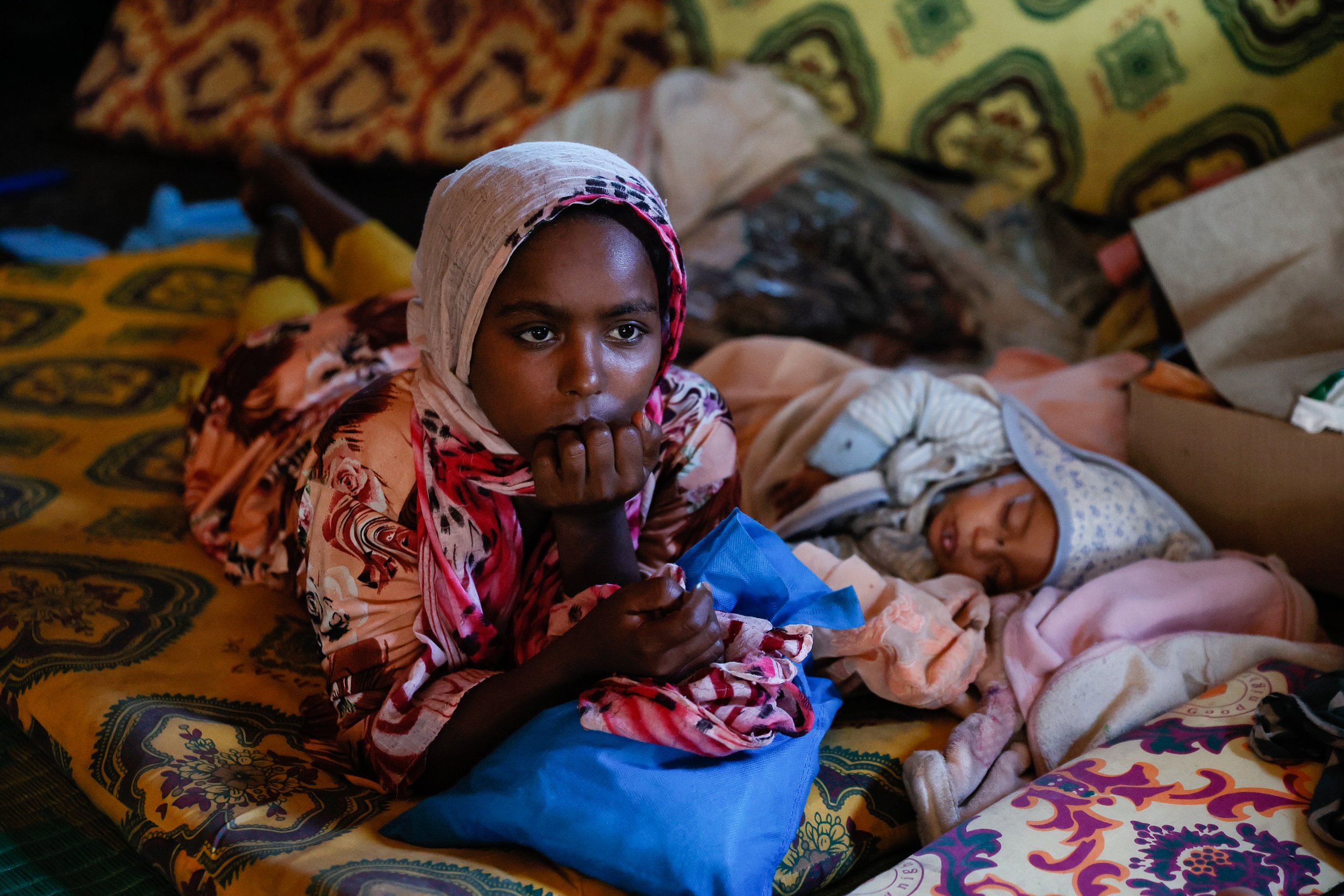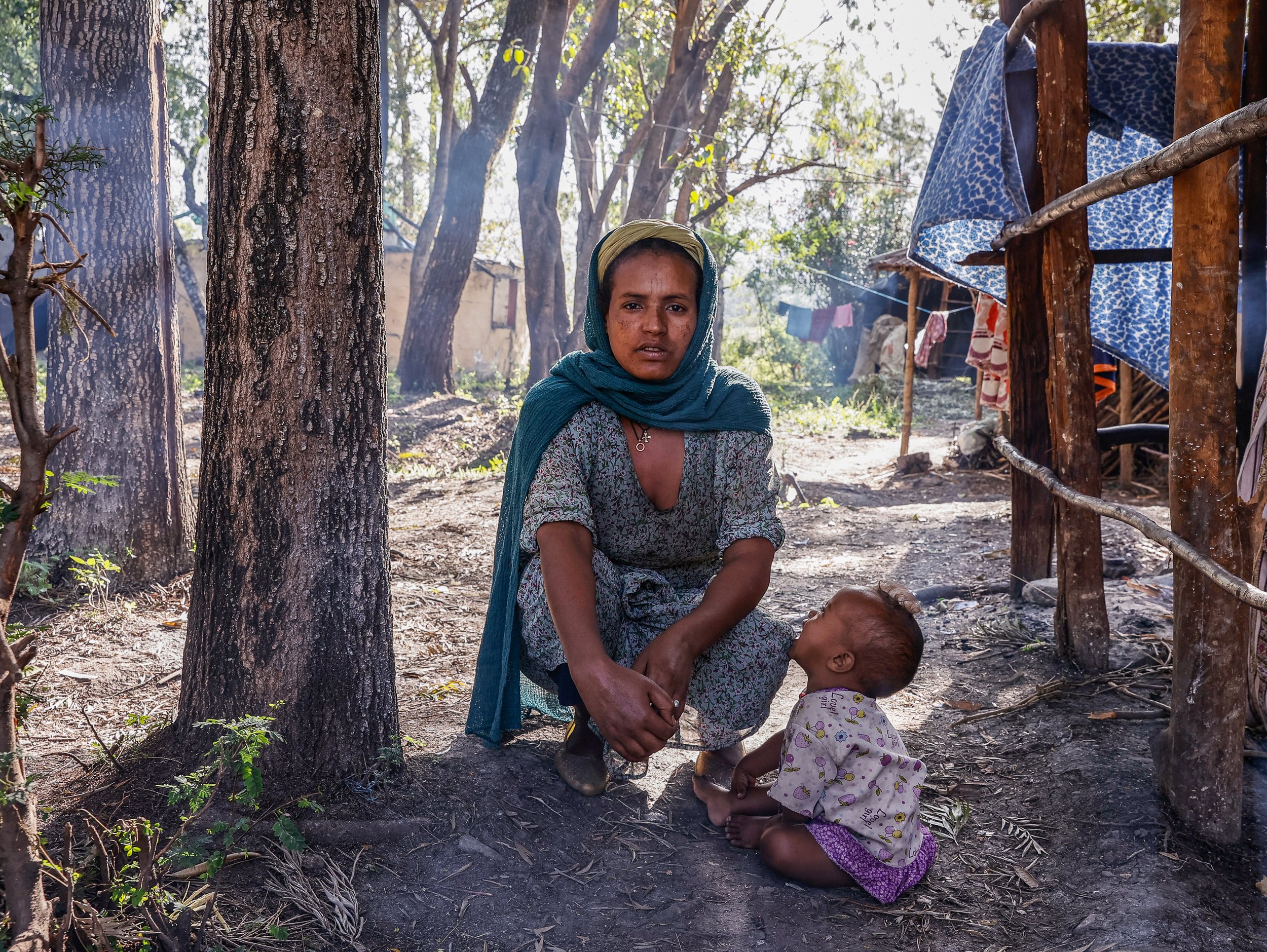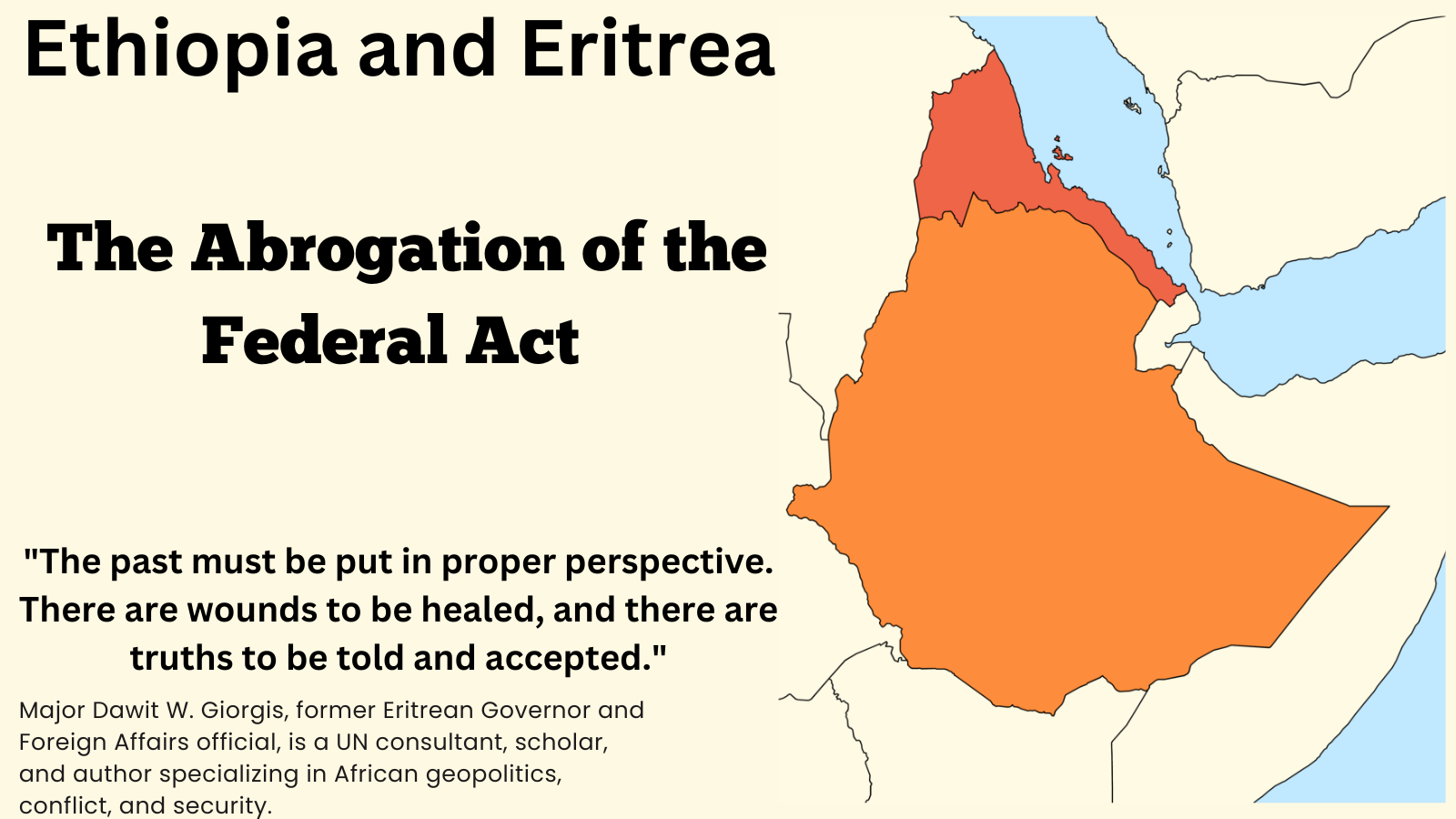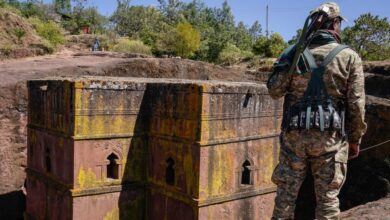Crisis in Ethiopia’s Amhara Region: Government Siege and Severe Drought Fuel Deadly Childhood Disease Surge, 15 Killed in Measles Outbreak

Deadly diseases such as measles, tetanus, and whooping cough are on the rise in Ethiopia’s Amhara region following a dramatic decline in vaccination rates due to the ongoing state of emergency and war waged by the government.
“The hopes of children in the region for a healthier and happier future have been abruptly shattered due to the siege and continued war Amhara Region by Ethiopian federal forces. Power outages have disrupted vaccine cold chains, and rural residents are unable to access health facilities,” officials urgently told East African Review, highlighting the dire need for the world to grasp the gravity of the situation.
According to the Amhara Public Health Institute’s (APHI) Drought-Related Public Emergency Nutrition Situation Report No. 10 (1 May 2024), over 1.8 million children in drought-affected areas were screened for malnutrition. Of these, 342,697 children were identified with Moderate Acute Malnutrition (MAM) and 35,981 with Severe Acute Malnutrition (SAM), resulting in a proxy Global Acute Malnutrition (GAM) rate of 20.8 percent as of 1 May. However, due to a shortage of nutrition supplies and last-mile delivery challenges, only 54.8 percent of SAM cases and 15.9 percent of MAM cases were linked to treatment programs.

Despite the high burden of acute malnutrition in drought-affected areas, emergency nutrition response efforts remain weak due to limited partner capacity and supply shortages. Drought-related diseases such as measles and cholera continue to spread in Amhara, further compromising the health of malnourished children. The Ethiopian Public Health Institute (EPHI) reported over 5,100 cholera cases in the region as of 21 May.
Vaccination rates for children in Amhara have plummeted over the past three years. Experts report that the federal authorities’ denial of access to healthcare and other aid amounts to a crime against humanity. Assefa Negash, head of Wagihimra’s health department, recently revealed to local media that around 1,800 individuals have been affected by measles in the zone.
He described the public health crisis as “complex,” deeply interwoven with a catastrophic harvest failure. “Following last year’s drought caused by the lack of rain, the incidence of cholera, measles, malaria, scabies, and zoonotic diseases has surged in the zone,” Assefa stated.
He highlighted that while malaria is spreading, measles has reached a “dangerous level.” The health department head noted a troubling increase in the number of children, pregnant women, and lactating mothers suffering from these diseases due to severe food shortages. The situation is exacerbated by the lack of vaccination services in the zone for the past three years.
“Due to security problems in the region, the food and resources needed to respond to the drought-affected communities were not coming in, which led to the spread of the epidemic and the rising death toll,” Assefa stressed. He also disclosed that six people had died of hunger and over 10,000 domestic animals had perished in Sahala district alone.
The dire public health crisis is further compounded by targeted attacks, displacement, and systemic marginalization that have been a grim reality for many Amharas. This violence is rooted in deep-seated ethnic tensions and political dynamics that have historically marginalized certain groups, leading to repeated cycles of conflict and bloodshed. A recent report underscores the ongoing adverse impact of the drought on Wagihimra residents. Earlier this week, the head of one of the kebeles within Sahala district, Babilaza, told Voice of America that two people and over 5,000 animals had died in his area due to the drought.




